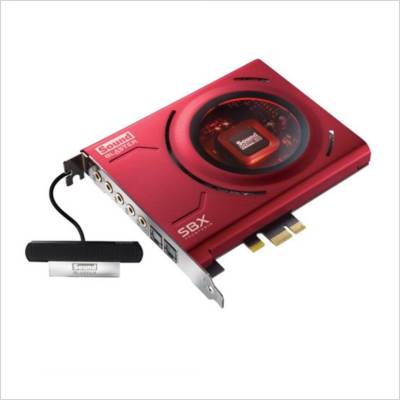Jump to Winner of Sound Card Top 10 Rankings!
What types of Inputs/Outputs do I Need?
While buying a new audio card for your system, the most important thing that you need to notice is the type of I/O connections. The most basic sound cards have a simple two-channel desktop interface and they are able to process simple stereo signal or a pair of mono signals at once. The latest high-end sound cloud systems are capable of handling hundreds of channels at a time.
The songwriters and singers need sound cards to capture their voice or guitar tunes via microphone, for such users, a balanced mic input is enough; however, if you wish to play electric bass, electronic keyboard and guitar at the same time, the instrument level or high Z-input is the best choice.
Those who need to work with samplers, drum machines and external sound processors as like multi-effect units; will need advanced line level I/Os. The best idea is to prepare a list of all instruments and gears that you wish to interface and then find suitable pc sound card to process them all.
Type of connection
The latest audio interfaces are designed to work effectively with a variety of devices like tablets, smartphones, and iOS etc. They also support multiple apps and software. While buying a new sound card for your device, it is good to check what type of connection you need. Almost all latest computers, both PCs, and Macs possess USB 3.0 and 2.0 ports so most of the latest computer sound card can be easily connected via USB and they take power from the computer to work.
The Mac computers are designed to work with firewire systems; however, the latest desktop and laptops from Apple are designed with speedy Thunderbolt ports. They offer excellent content transfer rates with high-quality performance. PCI Express is a simple internal card-type computer connection that is mostly seen in desktop computers. In this case, cards are directly plugged into motherboards and they provide low latency with higher data bandwidths. These cards can handle multiple I/Os at a time.
Sound Quality
The third essential aspect that demands your focus is a sound quality that you expect from your new audience interface. It is actually influenced by three different aspects as like bit depth, sample rate, and converter quality. The 16-bit standard ensures 96dB dynamic range whereas 24-bit recording can lead to the 144dB dynamic range. The preferred ranges for sampling rates are 192 kHz, 96 kHz, and 48 kHz.

